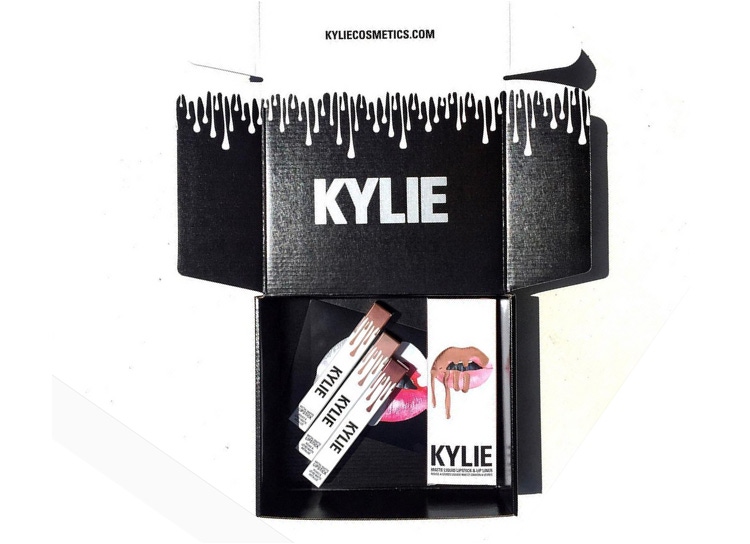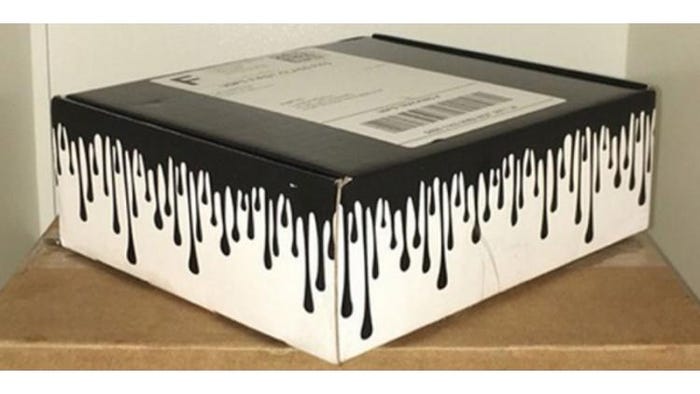Extra marketing opportunities you’re overlooking when it comes to packaging
November 2, 2016

To create an experience that’s worthy of the top YouTube unboxing channels or a multitude of tags and hashtags on Instagram, think long and hard about the details of your packaging.
Your marketing techniques worked. You pulled off a successful social media campaign, your website ranked near the top thanks to stellar search engine optimization (SEO), and your website was user-friendly and convenient for shopping. However, just because you got your customer to buy your product doesn’t mean your marketing job is over—in fact, you can still make one of the biggest impressions of them all.
Have you ever seen the packaging around a single piece of Cartier jewelry? First, there’s a certificate tucked inside a thick, burgundy folder that looks like it’s made out of leather and lined in golden details. The box is hand-wrapped in crisp white paper with a bow around it—of course, in that same deep burgundy color and showcasing the brand’s name in that signature font. Finally, you get to the burgundy leather box that opens like a clam, displaying white velvet that cushions your gleaming new jewelry. The entire process is indulgent, exciting and beautiful—it’s an experience.
Now, we’re not saying that your packaging should be as luxurious as Cartier, but it should give your client that same feeling of excitement—and even indulgence—as it ushers them to your product at the center of it all. Better yet, it should make your customer want to share that experience with others. This is the marketing opportunity you’ve been missing out on.
Social sharing makes an impact
We know that the social media giants like Facebook, Twitter and Instagram are great for getting customer feedback. We also know the three provide great platforms for customers to share photos, videos and insights into their favorite products. What you might not know about, though, is the booming unboxing industry that’s sweeping YouTube.
Here, YouTube users and digital influencers literally unbox products from start to finish, giving viewers a look at the experience of unboxing their favorite products. This social media industry is no joke—the top YouTube unboxing channel of 2014, which unboxes Disney toys, earned more than $4.8 million from its videos, which picked up 380 million monthly views. That’s more views, and greater video monetization, than Taylor Swift.
The impact on other forms of social media, like Instagram, are hugely important too. Take, for example, reality star and makeup mogul Kylie Jenner’s lip kits. A quick browse on Instagram using the hashtag #kylielipkit has just as many photos of the now-iconic packaging as it does her actual products. In fact, at one point they had to change the packaging because it was so popular and so recognized that people were stealing it off of front porches. Even with the redesign, Jenner’s packaging is so popular that there’s now a status around sharing the box itself that’s arguably just as strong as the lipstick.

The previous outer box design for Kylie Jenner Lip Kit, with its dripping graphic, was too recognizable. Too many boxes were stolen before reaching their intended customer.
Jenner’s packaging is intrinsically shareable because it features her famously plumped lips dripping in the hottest new color of the season. But like we said, the packaging doesn’t have to be as luxurious as Cartier or as popular as Jenner’s lips—it just has to create an experience.
To create an experience that’s worthy of the top YouTube unboxing channels or a multitude of tags and hashtags on Instagram, think long and hard about the details of your packaging.
Here are four tips on how you can encourage customers to share their unboxing experience and attract top YouTube unboxers:
1. Make a fitting first impression
Your box should be the right size and the right design. If you’re shipping bars of organic olive oil soap, you shouldn’t be sending them in a box where they can roll around. And if you’re working with organic products, maybe you should consider using a recycled box that further speaks to your company’s ethics—or maybe a box that’s the same color as the green olives you use in your soaps.
Speaking to your fulfillment partner about your product and the type of message you want to send to your customers will greatly help you make a fitting first impression.
2. Match the packaging to your brand’s character
We don’t mean your company’s name needs to be plastered everywhere. Instead, your packaging should evoke the same feeling you’ve worked so hard to create on your website, blog and social media accounts.
Sticking with our organic soap example, this means that maybe the inside of your box has some beautiful recycled tissue paper and an olive branch. Or maybe the inside has a little picture of an olive tree or the olive grove you pick the olives from in Italy. This is your chance to connect with your customer on another level—giving them more insight into who you are.
3. Include a “thank you” note
This is your chance to show some appreciation and make your customer feel good about buying from you. If you’ve done it right, they’re already impressed by the packaging and filling, and this little note is just an added surprise.
The note doesn’t always have to be thanking them for supporting your business though—it can also tell a story, usher them into the product or brand, or tell them about the impact buying this product will have on the small-time organic olive growers you buy from.
4. Tell them where and how to share
On the inside of your box or somewhere on your thank you note, let your customers know how they can share your product and their experience of unwrapping it. Don’t go overboard and list everything though—give them a hashtag or let them know which social media channel you’d like to see tagged in their photos and videos.
If you’ve got a strong social media presence, it’s also a good idea to give them incentive to tag you in exchange for a feature. For example, tell them that you feature the best photos and videos every Friday, and they could be next.
The overall lesson here is that packaging is an extension of your brand. You work hard every day to make your website, social media and product create a unique experience for your customer—and your packaging should do the same.
The experience you leave your customer with here could encourage them to keep supporting your business. So take the time to get creative and extend your brand’s tone, message and aesthetic all the way from your website to their front door. They’ll love it so much that they’ll have to share it.

Jake Rheude is director of business development and marketing for Red Stag Fulfillment, a U.S.-based ecommerce fulfillment provider focused primarily on serving ecommerce businesses that ship heavy, large or valuable products, requiring an extra level of attention during the packing process.
******************************************************************************************
See a host of new ideas in packaging machinery, materials and more at PackEx Montreal 2016, Nov. 30-Dec. 1, in Montreal, Quebec, Canada.
About the Author(s)
You May Also Like


